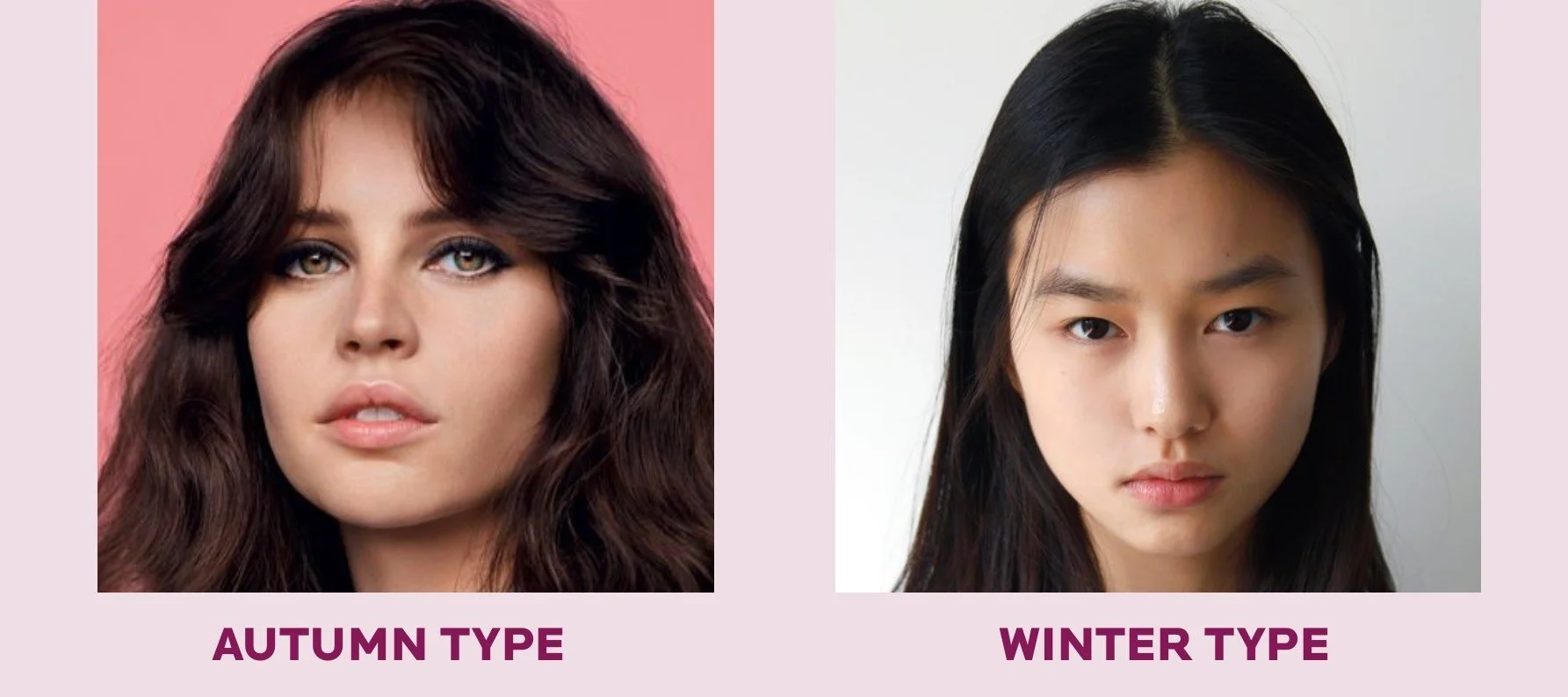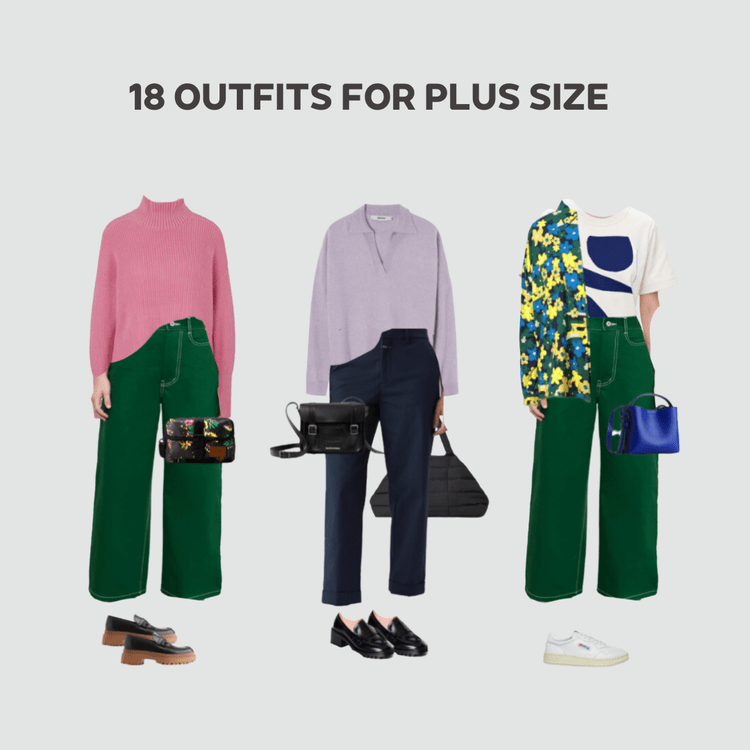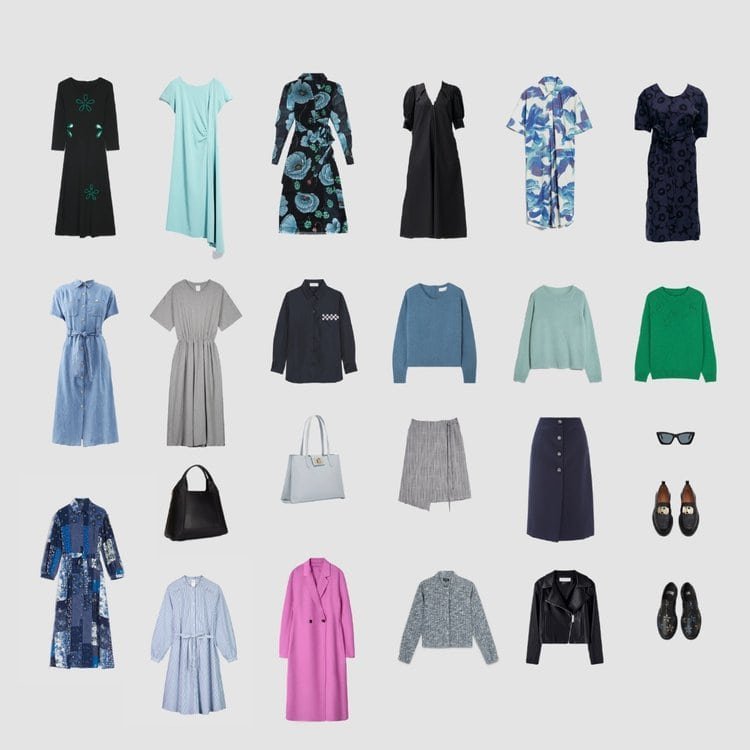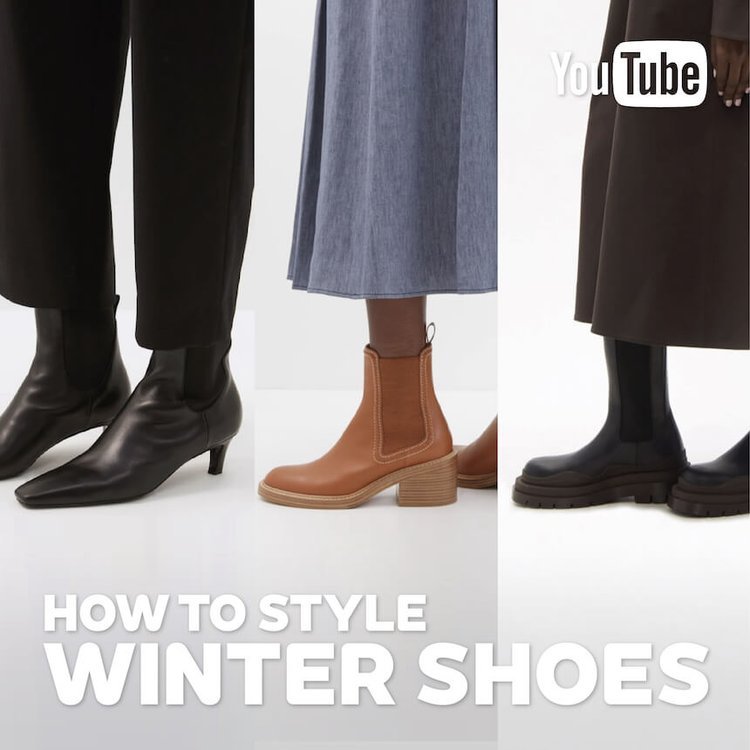How to identify your color type and complementary colors.
Discovering your complementary colors and how to wear them all starts with identifying your color type. As you’ll see in this video, color types have been around for a very long time. The correct color analysis can make you look better and tell you clothing color combinations you can wear, what colors to pick for cool skin tones or if warm skin tone clothes are for you.
If you want to know how to match clothes colors with red, what are the colors that go with yellow, what colors go with blue, what colors go with green, what colors go with purple, what colors go with brown and so on we need to understand why we have color types.
I’ll try to take you to the past, to the source of color typology, and then I’ll show you a quick example of how getting your color type right can be a powerful, expressive tool throughout your entire life.
Get similar tips and advice in your email. Subscribe to our weekly newsletter.
The secret history of color analysis.
In 1928, a young artist by the name of Robert Dorr realized that all skin tones contain an undertone mixture of either blue or yellow. At that time he was working for Chicago’s movie theaters preparing and mixing paints for the movie posters. This is when he noticed that in some cases the pigmentation would be peachy, while for others it would be pink or rosy.
At the same time, the movie industry was transitioning to color films. It wasn’t an easy transition because no one really understood how to use color and they desperately needed people that had new ideas.
In the mid-1950s they hired Robert Dorr and asked him to figure out what color of clothing they should choose for the actors. They wanted to know how and what colors would make the actors appear beautiful or ugly, sad or happy, strong or weak and so on.
The method that Robert Dorr used was quite simple. He created a wide range of colorful paper boards with a hole in the middle. Then he would ask the actors to place their faces inside the color boards for the examination.
He noticed that a person could look wonderful with one color and old and sickly with another and it mostly depended on the undertone of their skin, hair, eyes and even teeth. This experiment and further studies helped him to establish that people that have a warm skin undertone look their best in colors that also have a warm-yellow undertone. People that have a cold undertone look great in colors that have a cold-blue undertone.
Later Robert Dorr managed to develop special color palettes to provide choice and variety for each skin tone and to help with creating the many effects required by the film and television industry.
Since then his Color Analysis Methods and Palettes were being used in the creation of almost every movie. Thanks to his observations, the color of clothing became a very powerful tool that could easily express a character’s status, mood, habits and physical features.
Just the swap between clothes depending on destination was not enough for my travels. I've created a series of Bento Packing Bags that can fit multiple shoes, jeans, bulky items like a utility jacket or chunky sweaters. You can easily pack several outfits with ease in these bags.
Some Bento bags are tiny so i can pack a bikini, jewellery, sunblock or a some fruits for the beach. Now you can also add a few lavender satchels so your clothes smell nice and are ready to wear.
Once you're at your destination, just take the different sized bags out of your luggage, and your travel capsule wardrobe will be ready to wear!
The Seasonal Color Type Analysis.
The movie industry wasn’t the only industry that benefited from the work of Robert Dorr. His ideas spread further into interior design, advertising and of course fashion and cosmetics.
For example, The Seasonal Color Typology was based on Robert Dorr’s Color Key System but instead of 2 types of people it was divided into 4 seasons: Summer, Winter, Spring and Autumn.
Spring and Autumn were the Warm types, Winter and Summer were the Cold types.
The reference to 4 seasons came from Swiss-born artist and art educator Johannes Itten. The Seasonal Color Typology was based on science, logic and objectivity. It became very popular in the late 70s and of course evolved further and became more and more precise with time.
Nowadays it’s still used by Image consultants, fashion designers, stylists and costume designers all around the world. And, obviously, by me as well.
If you know your color typology, it suddenly becomes very easy to know what colours flatter you and which colours don’t. You suddenly know what colours you can play with and how to mix them together to say different things about your personality.
It should come to no surprise to those of you who are my students that the Wonder Wardrobe Method is also based on the seasonal color typology. I think it’s quite important to know what colors suit you and how to combine them together to create harmonious and pleasant looks.
Knowing your color type helps to add more functionality to the wardrobe and increase the amount of interchangeable outfits. If you would like to learn more about it, I strongly suggest you take the Color Harmony Class from the Wonder Wardrobe Course.
Featured
Capsule Wardrobe: 18 Outfit Ideas for Plus Size
Are you over the frustration of endlessly rummaging through your closet, only to end up with a mismatched and unflattering outfit? In this blog post, I'll show you the process of creating a plus-size capsule wardrobe with 18 unique outfits.
Dresses & Skirts Spring Capsule Wardrobe: 18 Outfit Ideas
Get some spring outfit ideas from this spring capsule wardrobe full of skirts and dresses. It has plenty of spring styling tips to use with your own closet.
Match the Right Winter Shoes to Any Winter Outfit
These 4 styling methods and visual guide will show you how to match any type of women’s winter shoes or women’s winter boots to your winter outfits with ease.







